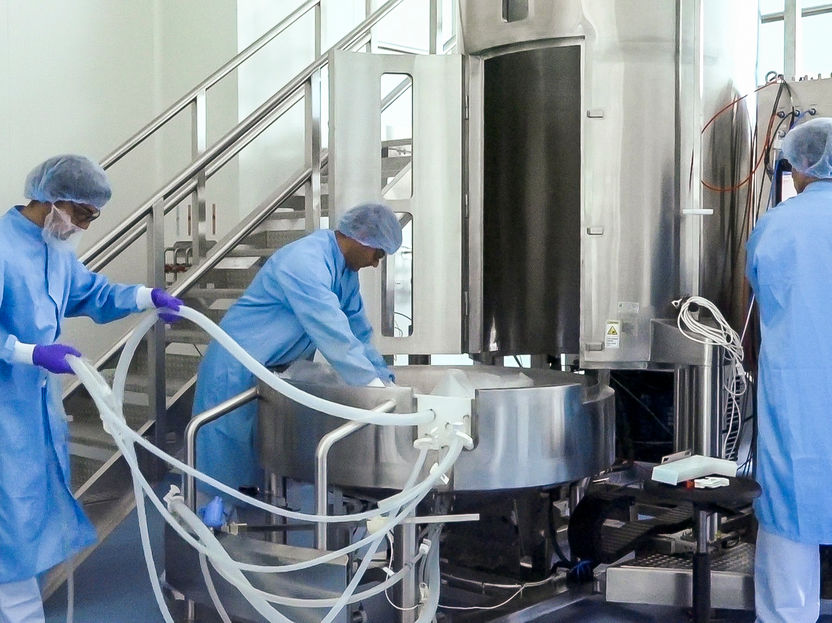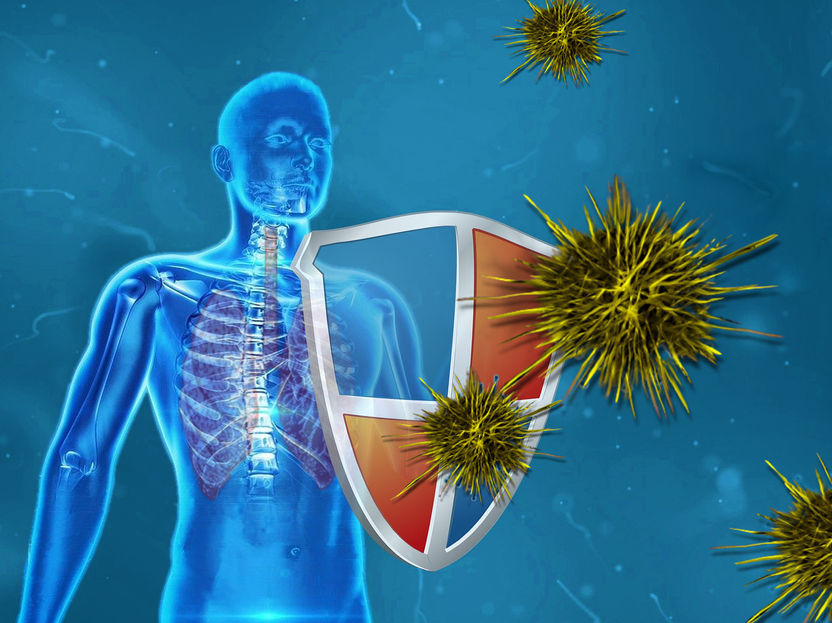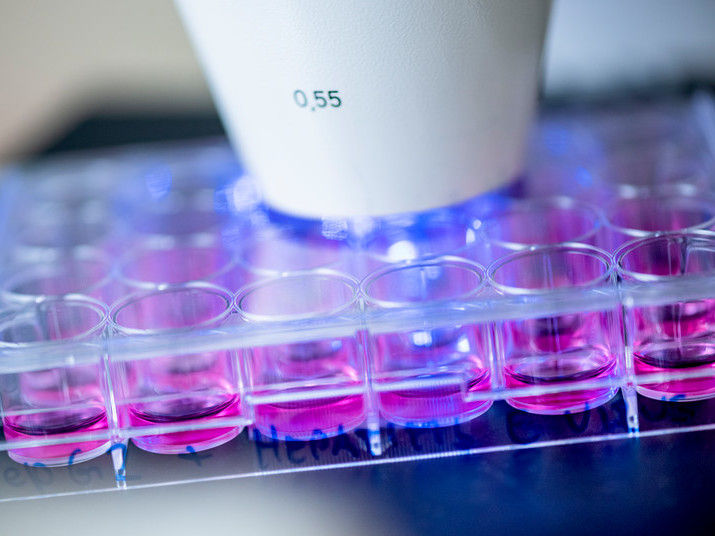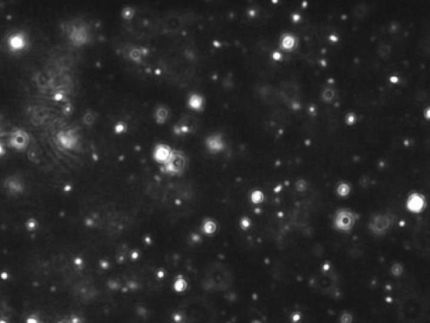Scientists in Spain Develop a Panel of Genetic Markers for Tracing Meat from Farm to Fork
Researchers collaborate with Applied Biosystems to validate specific genetic polymorphisms for identifying individual pigs from commercial breeds
Scientists at the Universitat Autònoma de Barcelona, Spain, have developed and validated an identity test that can be used to confirm the breed and origin of meat from farm animals. The test was developed in collaboration with Applied Biosystems , an Applera Corporation business, and uses a number of specific genetic markers to identify individual animals, providing complete meat traceability and ensuring protection for consumers.
Meat traceability is an important prerequisite for consumer safety, particularly in the event of infectious disease outbreak or accidental feed contamination. European Union (EU) regulations concerning animal production chains are becoming increasingly stringent, with greater emphasis now placed on being able to demonstrate exactly where animals have been raised, slaughtered and sold for consumption. However, reliable, rapid and cost-effective molecular tools for animal identification are not currently available.
Professor Armand Sánchez and his colleagues from the Department of Animal and Food Sciences, Universitat Autònoma de Barcelona, and scientists from Applied Biosystems have developed a panel of 46 genetic markers that are all single nucleotide polymorphisms (SNPs), which are single sites of variation in the animal's DNA sequence. Regions of DNA variation are commonly used for identification purposes, such as in human paternity tests and genetic fingerprinting, but these methods have traditionally relied on larger areas of polymorphism in the DNA sequence known as microsatellite markers. Although microsatellite-based genotyping requires only a handful of markers to identify an individual with very high accuracy, the technique is prohibitively expensive for genotyping livestock. However, by selecting larger numbers of suitable SNPs, SNP-based genotyping can be equally accurate for larger scale testing.
This study validated 46 SNPs, chosen from a set of 120, for identifying pigs from five different purebred lines that are of major commercial importance. The 46 SNPs were investigated in each DNA sample taken from hundreds of pigs, using the SNPlex(tm) Genotyping System and two 3730 DNA Analyzers from Applied Biosystems. The pattern of SNPs in each pig's sample allowed the scientists to identify individual pigs and their parentage for each of the five breeds examined.
The tests could also be useful for animal breeders and farmers who wish to identify genetic markers associated with particularly desirable traits in terms of meat quality and flavor, and could be adapted for identification and traceability in other animal species, such as sheep, cows and poultry.
Original publication: Animal Genetics 2007, Vol. 6, issue 38.
Most read news
Topics
Organizations
Other news from the department science

Get the life science industry in your inbox
By submitting this form you agree that LUMITOS AG will send you the newsletter(s) selected above by email. Your data will not be passed on to third parties. Your data will be stored and processed in accordance with our data protection regulations. LUMITOS may contact you by email for the purpose of advertising or market and opinion surveys. You can revoke your consent at any time without giving reasons to LUMITOS AG, Ernst-Augustin-Str. 2, 12489 Berlin, Germany or by e-mail at revoke@lumitos.com with effect for the future. In addition, each email contains a link to unsubscribe from the corresponding newsletter.
Most read news
More news from our other portals
Last viewed contents
Haplogroup_K_(Y-DNA)

Merck Expands Production Know-how to Deliver Full End-To-End Solution for Biopharma Industry - Flexible factory concept allows accelerated drug development and delivery to market
Archibald_Hill
Haplogroup_R2_(Y-DNA)

How an Emerging Drug Class Dampens Harmful Immune Reactions - It wasn't until 2021 that a new therapy came on the market, in the form of a class of drugs called compstatins, to inhibit harmful immune responses of the complement system
Haplogroup_O2a_(Y-DNA)



















































